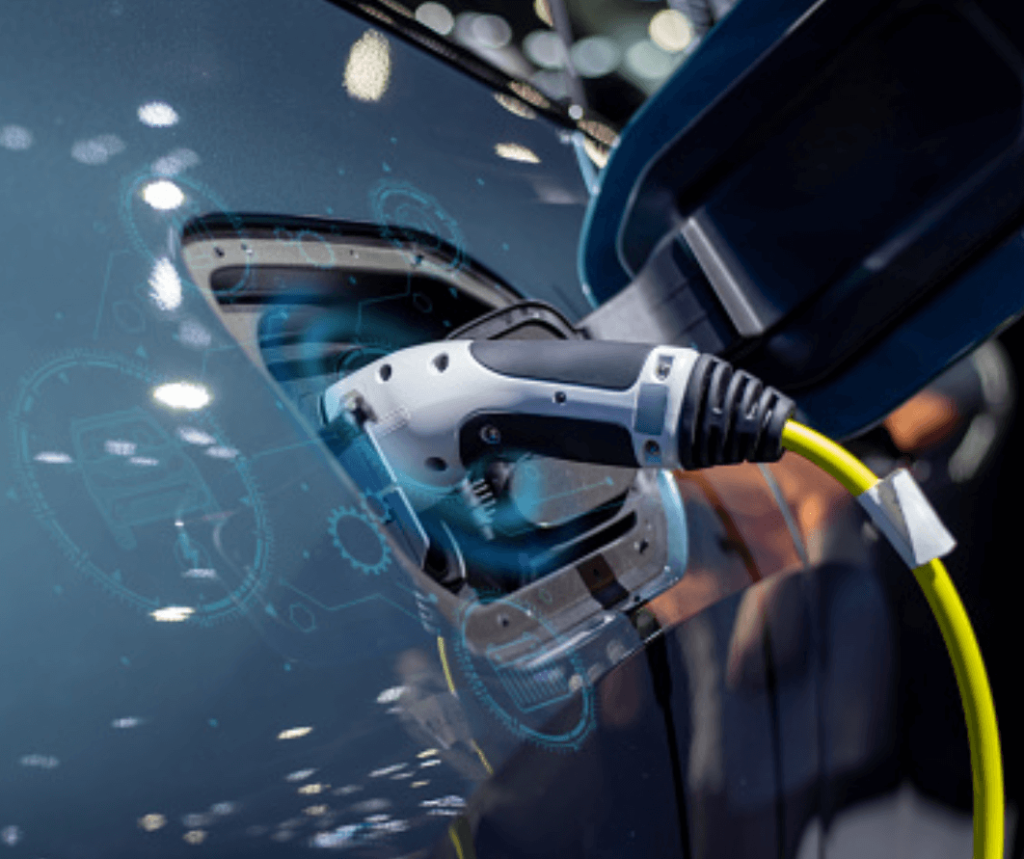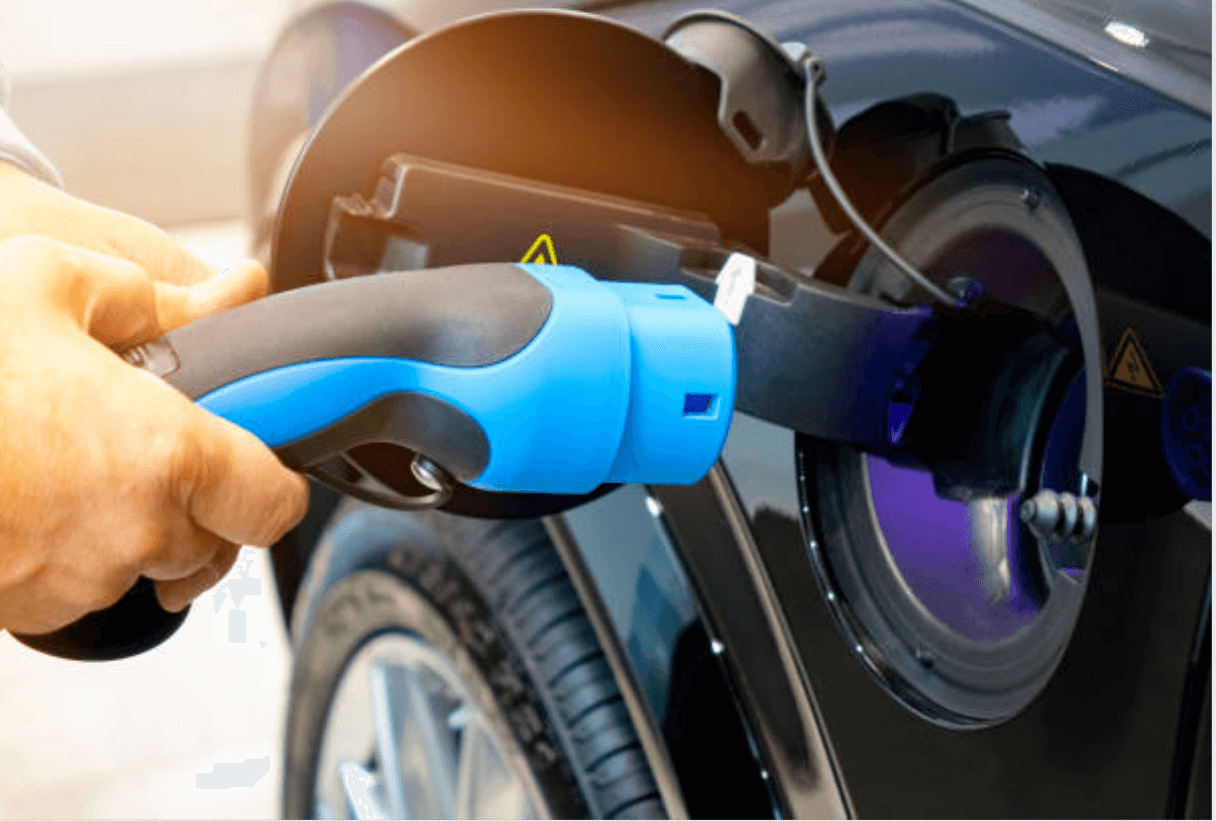Introduction
A Plug-in Hybrid Electric Vehicle (PHEV) is a type of hybrid electric vehicle that combines a traditional internal combustion engine with an electric motor and a large battery pack. This allows PHEVs to run on electricity for short distances and switch to gasoline power when the battery is depleted. PHEVs are designed to reduce emissions and save on fuel costs, making them an attractive option for many drivers.
Importance of Charging a PHEV
In order to maximize the benefits of owning a PHEV, it is important to understand the best practices for charging the vehicle. The frequency and method of charging can affect the vehicle’s performance, range, and longevity.
Factors Affecting Charging Frequency

Driving Habits
The frequency of charging a PHEV will largely depend on the driver’s driving habits. For example, if the majority of your driving is done within the range of the electric motor, you may only need to charge your vehicle once or twice a week. On the other hand, if you drive long distances frequently, you may need to charge more often.
Battery Capacity
The battery capacity of a PHEV also affects charging frequency. A larger battery will have a longer range, allowing you to drive further before needing to recharge. This means that drivers with PHEVs with larger batteries will likely charge less frequently than those with smaller batteries.
Climate Conditions
The climate you drive in can also impact charging frequency. For example, in hot weather, the battery’s range may be reduced as the battery works harder to cool the cabin. In cold weather, the battery’s range may be reduced as the battery works harder to heat the cabin. Drivers in extreme climates may need to charge more frequently to compensate for these conditions.
Access to Charging Stations
Finally, access to charging stations can affect charging frequency. Drivers who have access to charging stations at home or at work may be able to charge more frequently and with less hassle than those who only have access to public charging stations.
Recommendations for Charging a PHEV
Daily Charging
For most drivers, it is recommended to charge the PHEV daily to ensure that the battery is always at its maximum level of charge. This will allow you to take advantage of the electric motor’s range and reduce the amount of gasoline you need to use.
Charging for Long Trips
For longer trips, it is important to make sure that your PHEV is fully charged before departing. This will help to ensure that you have enough range to complete your journey without having to stop for a recharge. If you are unable to fully charge your PHEV before departing, it is a good idea to make a plan for charging along the way.
Top-Off Charging
In addition to daily charging, it is also a good idea to perform a “top-off” charge when the battery level drops below 20%. This will help to maintain the health of the battery and ensure that you have enough range to complete your daily driving.
The Importance of Keeping the Battery Level Above 20%
Keeping the battery level above 20% is important because it helps to extend the life of the battery. Batteries are designed to last longer when they are kept in a partially charged state, rather than being fully charged or fully depleted. By keeping the battery level above 20% and performing regular top-off charges, you can help to extend the life of your PHEV’s battery.
Charging Time for a PHEV
Charging at Home
Charging a PHEV at home is typically the most convenient and cost-effective way to charge your PHEV. The charging time will depend on the type of charging station you use and the battery capacity of your PHEV. On average, charging a PHEV at home can take anywhere from 2 to 8 hours.
Charging at Public Charging Stations
Charging at public charging stations is also an option for PHEV owners. These charging stations can be found at shopping centers, highway rest areas, and other public locations. Charging time at public charging stations will also depend on the type of charging station and the battery capacity of your PHEV. On average, charging at a public charging station can take anywhere from 30 minutes to 4 hours.
Conclusion
The Importance of Proper Charging for PHEVs
Proper charging of a PHEV is important for maximizing the vehicle’s performance, range, and longevity. By understanding the factors that affect charging frequency and following recommended charging practices, you can help to ensure that your PHEV is always ready to go when you need it.
Final Thoughts on Charging Frequency for PHEVs
In conclusion, the frequency of charging a PHEV will depend on a variety of factors, including driving habits, battery capacity, climate conditions, and access to charging stations. It is recommended to charge daily, top off when the battery level drops below 20%, and fully charge before long trips. By following these guidelines, you can help to ensure that your PHEV is always ready to go and perform at its best.
Also Read: How long do e-bike batteries last on one charge

[…] in Himachal Pradesh. Hygge Energy collaborated with the Indian Oil Corporation for improvement of EV charging infrastructure across the country. Hygge Energy’s goal is to create net-zero communities by […]